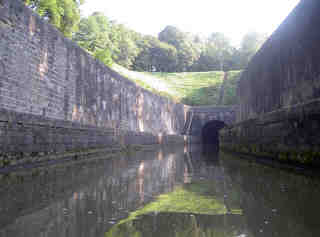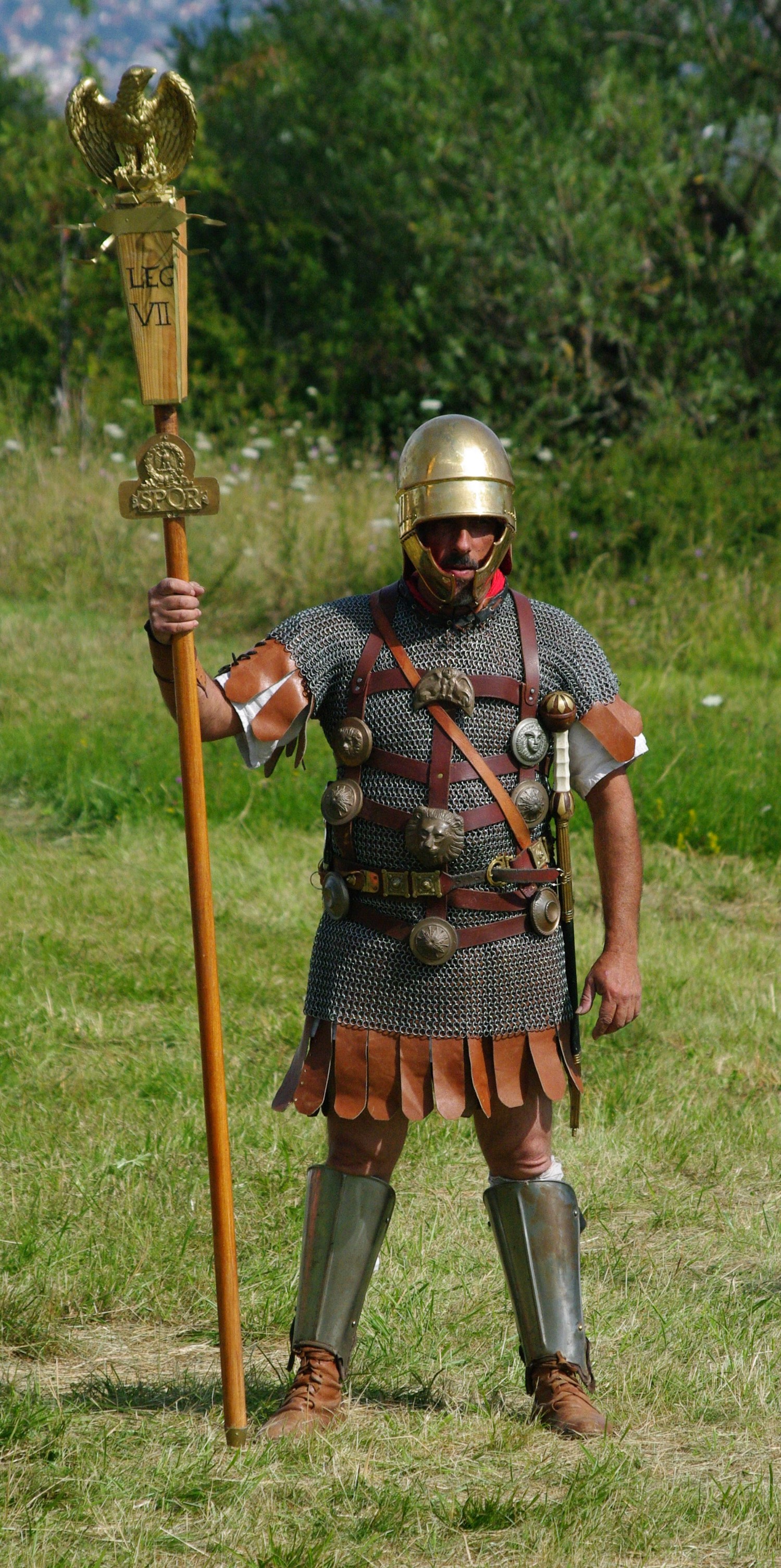|
Saône
The Saône ( , ; ; ) is a river in eastern France (modern Regions of France, region of Bourgogne-Franche-Comté). It is a right tributary of the Rhône, rising at Vioménil in the Vosges (department), Vosges Departments of France, department and joining the Rhône in Lyon, at the southern end of the Presqu'île. Terminology The name derives from that of the Celtic mythology, Gallic river goddess Souconna (mythology), Souconna, which has also been connected with a local Celts, Celtic tribe, the Sequani, Sequanes. Monk, Monastic copyists progressively transformed ''Souconna'' to ''Saoconna'', which ultimately gave rise to . The other recorded ancient names for the river were and . The name ''Arar'' later gave rise to specific regional terms in historiography, created to designate various northern parts of History of Burgundy, historical Burgundy in relation to the river Saône. Depending on the point of view of a particular author, northern Burgundian lands were thus designated ... [...More Info...] [...Related Items...] OR: [Wikipedia] [Google] [Baidu] |
Saône-et-Loire
Saône-et-Loire (; Arpitan: ''Sona-et-Lêre'') is a department in the Bourgogne-Franche-Comté region in France. It is named after the rivers Saône and Loire, between which it lies, in the country's central-eastern part. Saône-et-Loire is Bourgogne-Franche-Comté's most populous department with a population of 551,493 as of 2019.Populations légales 2019: 71 Saône-et-Loire INSEE It is also its southernmost department, as it is situated on the regional border with . Saône-et-Loire's |
Lyon
Lyon (Franco-Provençal: ''Liyon'') is a city in France. It is located at the confluence of the rivers Rhône and Saône, to the northwest of the French Alps, southeast of Paris, north of Marseille, southwest of Geneva, Switzerland, northeast of Saint-Étienne. The City of Lyon is the List of communes in France with over 20,000 inhabitants, third-largest city in France with a population of 522,250 at the Jan. 2021 census within its small municipal territory of , but together with its suburbs and exurbs the Lyon Functional area (France), metropolitan area had a population of 2,308,818 that same year, the second largest in France. Lyon and 58 suburban municipalities have formed since 2015 the Lyon Metropolis, Metropolis of Lyon, a directly elected metropolitan authority now in charge of most urban issues, with a population of 1,424,069 in 2021. Lyon is the Prefectures in France, prefecture of the Auvergne-Rhône-Alpes Regions of France, region and seat of the Departmental co ... [...More Info...] [...Related Items...] OR: [Wikipedia] [Google] [Baidu] |
Lanterne (river)
The Lanterne () is a river in the east of France, a substantial left tributary of the Saône, and sub-tributary of the Rhône. It is long. Geography The Lanterne rises within the ''parc naturel régional des Ballons des Vosges'', in the ''commune'' of La Lanterne-et-les-Armonts in the ''département'' of Haute-Saône. It flows westward, then northwestward, then northward, and finally southwestward. It receives fast-flowing tributaries from the Massif des Vosges in the north. It flows to the south of Luxeuil-les-Bains and Saint-Loup-sur-Semouse. The watershed of the Lanterne is scattered with over 1,000 bodies of water, notably in the "Plateau des Mille Étangs" (plateau of a thousand ponds) in the Vosges Massif. The Lanterne joins the Saône at Conflandey, just downstream of the hydrological station at Fleurey-lès-Faverney. The confluence occurs a few kilometres upstream of the antique town of Port-sur-Saône. The Lanterne's course includes numerous diversions, once ... [...More Info...] [...Related Items...] OR: [Wikipedia] [Google] [Baidu] |
Verdun-sur-le-Doubs
Verdun-sur-le-Doubs (, literally ''Verdun on the Doubs'') is a former commune in the Saône-et-Loire department in the region of Bourgogne-Franche-Comté in eastern France.Commune de Verdun-sur-le-Doubs (71566) INSEE On 1 January 2025, it was merged into the new commune of Verdun-Ciel. Position and history It is in the south-centre of Bourgogne-Franche-Comté at the confluence of the and the in the |
Rhône
The Rhône ( , ; Occitan language, Occitan: ''Ròse''; Franco-Provençal, Arpitan: ''Rôno'') is a major river in France and Switzerland, rising in the Alps and flowing west and south through Lake Geneva and Southeastern France before discharging into the Mediterranean Sea (Gulf of Lion). At Arles, near its mouth, the river divides into the Great Rhône () and the Little Rhône (). The resulting River delta, delta forms the Camargue region. The river's source is the Rhône Glacier, at the east edge of the Cantons of Switzerland, Swiss canton of Valais. The glacier is part of the Saint-Gotthard Massif, which gives rise to three other major rivers: the Reuss (river), Reuss, Rhine and Ticino (river), Ticino. The Rhône is, with the Po (river), Po and the Nile, one of the three Mediterranean rivers with the largest Discharge (hydrology), water discharge. Etymology The name ''Rhône'' continues the Latin name (Ancient Greek, Greek ) in Greco-Roman geography. The Gaulish name of t ... [...More Info...] [...Related Items...] OR: [Wikipedia] [Google] [Baidu] |
Doubs (river)
The Doubs ( ; ; ; ) is a river in far eastern France which strays into western Switzerland. It is a bank (geography), left-bank tributary of the Saône. It rises near Mouthe in the western Jura mountains, at and its mouth is at Verdun-sur-le-Doubs, a village and commune in Saône-et-Loire at about above sea level. It is the tenth-longest river in France. The most populous settlement of the basin lies on its banks, Besançon. Its course includes a small waterfall and a narrow lake. Course From its source in Mouthe it flows northeast: a few kilometers north of the French-Swiss border, then to form the border for less distance, about 40 km. North of the Swiss town of Saint-Ursanne it turns west then southwest. South-east of Montbéliard it adopts a southwest striation or fault of the Jura Mountains, flowing so over greater distance than the flow it has traced before. It then flows into the Saône at Verdun-sur-le-Doubs about northeast of Chalon-sur-Saône. The shape of ... [...More Info...] [...Related Items...] OR: [Wikipedia] [Google] [Baidu] |
Departments Of France
In the administrative divisions of France, the department (, ) is one of the three levels of government under the national level ("territorial collectivity, territorial collectivities"), between the Regions of France, administrative regions and the Communes of France, communes. There are a total of 101 departments, consisting of ninety-six departments in metropolitan France, and five Overseas department and region, overseas departments, which are also classified as overseas regions. Departments are further subdivided into 333 Arrondissements of France, arrondissements and 2,054 Cantons of France, cantons (as of 2023). These last two levels of government have no political autonomy, instead serving as the administrative basis for the local organisation of police, fire departments, and, in certain cases, elections. Each department is administered by an elected body called a departmental council (France), departmental council ( , ). From 1800 to April 2015, these were called gene ... [...More Info...] [...Related Items...] OR: [Wikipedia] [Google] [Baidu] |
Bourgogne-Franche-Comté
Bourgogne-Franche-Comté (; , sometimes abbreviated BFC; Arpitan: ''Borgogne-Franche-Comtât'') is a region in eastern France created by the 2014 territorial reform of French regions, from a merger of Burgundy and Franche-Comté. The new region came into existence on 1 January 2016, after the regional elections of December 2015, electing 100 members to the Regional Council of Bourgogne-Franche-Comté. The region covers an area of and eight departments; it had a population of 2,811,423 in 2017. Its prefecture and largest city is Dijon, although the regional council sits in Besançon, making Bourgogne-Franche-Comté one of two regions in France (along with Normandy) in which the prefect does not sit in the same city as the regional council. Toponymy The text of the territorial reform law gives interim names for most of the merged regions, combining the names of their constituent regions separated by hyphens. Permanent names would be proposed by the new regional councils an ... [...More Info...] [...Related Items...] OR: [Wikipedia] [Google] [Baidu] |
Sequani
The Sequani were a Gallic tribe dwelling in the upper river basin of the Arar river (Saône), the valley of the Doubs and the Jura Mountains during the Iron Age and the Roman period. Name They are mentioned as ''Sequanos'' by Caesar (mid-1st c. BC) and Ammianus Marcellinus (4th c. AD), ''Sequanis'' by Livy (late 1st c. BC), ''Sēkoanoús'' (Σηκοανούς) by Strabo (early 1st c. AD), and as ''Sequani'' by Pliny (1st c. AD). The Gaulish ethnonym ''Sequani'' (sing. ''Sequanos'') stems from the Celtic name of the Seine river, '' Sequana''. This may indicate that their original homeland was located by the Seine. Geography The country of the Sequani corresponded to Franche-Comté and part of Burgundy. The Jura Mountains separated the Sequani from the Helvetii on the east, but the mountains belonged to the Sequani, as the narrow pass between the Rhone and Lake Geneva was Sequanian. They did not occupy the confluence of the Saône into the Rhone, as the Helvetii plundered ... [...More Info...] [...Related Items...] OR: [Wikipedia] [Google] [Baidu] |
Azergues
The Azergues () is a river in the department of Rhône, eastern France. It is a right tributary of the Saône, which it joins in Anse. It is long. Its source is in the Beaujolais hills, near Chénelette. The Azergues flows through the following towns: Lamure-sur-Azergues, Le Bois-d'Oingt, Chessy, Châtillon, Chazay-d'Azergues and Anse. Etymology It has been suggested that the name ''Azergues'' comes from the Arabic Arabic (, , or , ) is a Central Semitic languages, Central Semitic language of the Afroasiatic languages, Afroasiatic language family spoken primarily in the Arab world. The International Organization for Standardization (ISO) assigns lang ... "Azraq" (), which means blue. References Rivers of France Rivers of Rhône (department) Rivers of Auvergne-Rhône-Alpes {{France-river-stub ... [...More Info...] [...Related Items...] OR: [Wikipedia] [Google] [Baidu] |
Roman Conquest Of Gaul
The Gallic Wars were waged between 58 and 50 BC by the Roman general Julius Caesar against the peoples of Gaul (present-day France, Belgium, and Switzerland). Gallic, Germanic, and Brittonic tribes fought to defend their homelands against an aggressive Roman campaign. The Wars culminated in the decisive Battle of Alesia in 52 BC, in which a complete Roman victory resulted in the expansion of the Roman Republic over the whole of Gaul. Though the collective Gallic armies were as strong as the Roman forces, the Gallic tribes' internal divisions eased victory for Caesar. Gallic chieftain Vercingetorix's attempt to unite the Gauls under a single banner came too late. Caesar portrayed the invasion as being a preemptive and defensive action, but historians agree that he fought the wars primarily to boost his political career and to pay off his debts. Still, Gaul was of significant military importance to the Romans. Native tribes in the region, both Gallic and Germanic, ... [...More Info...] [...Related Items...] OR: [Wikipedia] [Google] [Baidu] |
Presqu'île
The Presqu'île (; literally "almost an island" in French, meaning "peninsula")''Le petit Robert de la langue française'' 2007 is the central part of the City of Lyon, France. Extending from the foot of the Croix-Rousse hill in the north to the confluence of the Rhône and the Saône rivers in the south, it has a preponderance of cafés, restaurants, luxury shops, department stores, banks, government buildings and cultural institutions. The 1st and 2nd arrondissements of the city are located here, along with the Hôtel de Ville, Lyon's city hall in its 1st arrondissement. The spires of the Church of St. Nizier, rebuilt from the 14th to the 16th centuries, are at the foot of the former Saône river bridge. With a history stretching back to the Middle Ages, Lyon's Presqu'île was inscribed on the UNESCO World Heritage List along with other districts in Lyon as a testimony to Lyon's long history as an important European city and its architecture. History This district was ... [...More Info...] [...Related Items...] OR: [Wikipedia] [Google] [Baidu] |





